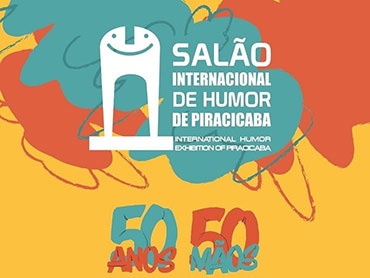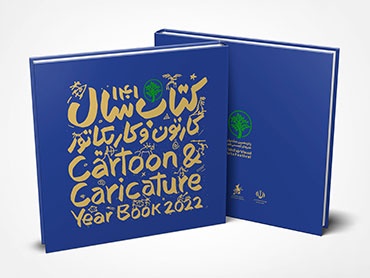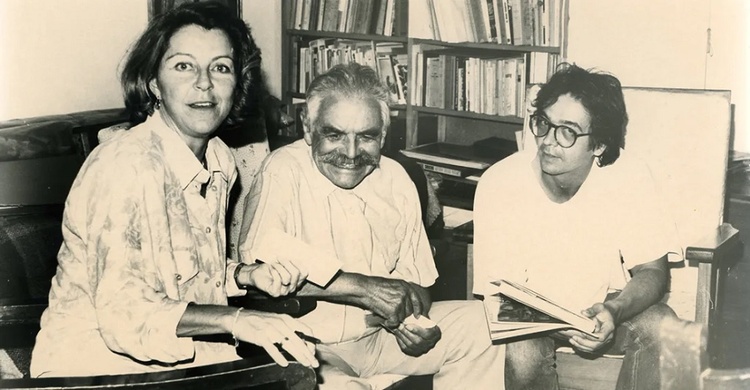
Eduardo Planchart Licea: A Life Dedicated to Latin American Art
The Oswaldo Vigas Foundation pays tribute to Eduardo Planchart, who recently passed away: an essential thinker, whose critical and affectionate gaze accompanied and enriched the region's cultural legacy.
To speak of Eduardo Planchart Licea is to speak of a cultivated sensibility, of a restless mind that made art a territory for thinking, feeling, and transcending. For the Oswaldo Vigas Foundation, he was more than a collaborator: he was an intellectual ally, and, above all, a friend of Vigas, with whom he shared projects, conversations, and a committed vision for Latin American art.
Over more than four decades, Eduardo Planchart forged an admirable career as a curator, writer, and art historian. His work has been displayed in key museums in Venezuela, such as the Caracas Museum of Contemporary Art, the Barquisimeto Photo Library, and the Carlos Cruz-Diez Museum of Printmaking and Design, but has also reached international stages in Mexico, Curaçao, France, and Japan. More than 90 exhibitions bear his signature, not as a gesture of authorship, but as an act of generous mediation between the work and the viewer.
His gaze did not seek to impose meanings, but rather to suggest interpretations. He had the rare ability to construct curatorial narratives that respected the autonomy of art without renouncing critical depth. In each exhibition, Eduardo opened a space for wonder, memory, and reflection.
A friendship that became a legacy
The relationship between Eduardo Planchart and Oswaldo Vigas was one of those affinities that transcended the professional. They both shared a passion for the symbolic, the ancestral, the mythical. Both understood art as a language that connects time and spirit.
It is no coincidence that Planchart has accompanied the master on numerous curatorial projects and publications, always contributing an astute reading, solid writing, and a perspective capable of bringing Vigas's work into dialogue with the great questions of our time.
At the Oswaldo Vigas Foundation, this collaboration was always deeply valued. His presence in our archives, catalogs, and exhibitions not only enriched the content but also reminded us of the value of committed, ethical, and humane criticism.
Beyond the Museum
Eduardo Planchart was also a prolific essayist, author of more than twenty books on Latin American art and visual thought. Works such as Christianity and Wood and The Sacred in Art: Laughter in Mesoamerica reflect his interest in exploring art as an expression of the sacred, the symbolic, and the cultural.
He also ventured into fiction with novels such as The Wizard of the Mist and Saint Maker, where aesthetic sensibility blends with the philosophical and literary.
He was a regular contributor to media outlets such as El Universal, Últimas Noticias, Analítica.com, and Art Miami Magazine, where he maintained an active voice in the artistic and cultural debate, always striking a clear, respectful, and deeply informed tone.
For those of us who are active in the Venezuelan and Latin American art world, Eduardo Planchart was and will continue to be a reference. His work taught us that curating can be a poetic act, that critical thinking can coexist with emotion, and that art must be understood in its context, but also celebrated in its mystery.
We at the Oswaldo Vigas Foundation deeply regret his passing. His passing pains us, but it also commits us to continue disseminating his work, studying his contributions, and recognizing his place in the art history of our region.
To his family, friends, and colleagues, we send our deepest condolences. To Eduardo, our eternal gratitude for everything he gave us. His legacy lives on in every exhibition, in every text, in every conversation that continues to emerge from art. Source

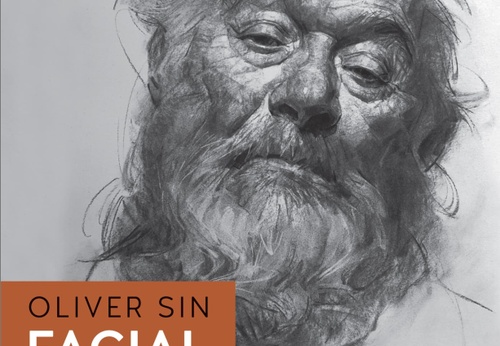

- December 08, 2025
Lucas Fields - Brazil

- December 07, 2025
The Role of Conceptual Art in Brazil, Colombia, and Mexico
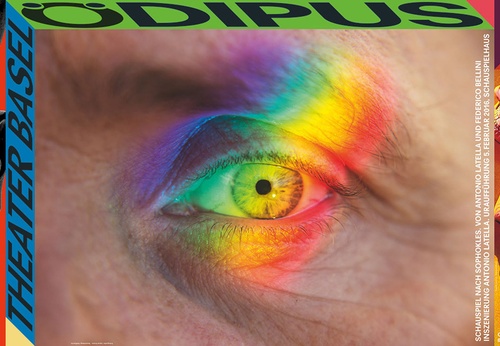
- December 07, 2025
Gallery of Typographic Posters by Raffinerie Studio – Switzerland
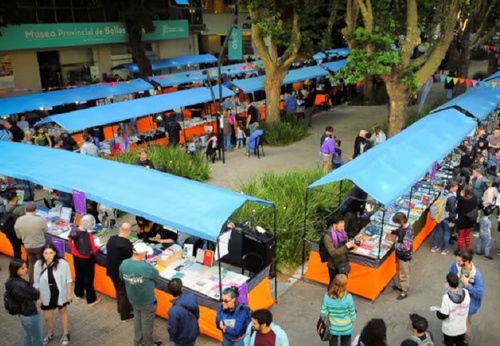
- December 07, 2025
7 Art and Culture Recommendations for This Week in Buenos Aires

- December 07, 2025
Gallery of 3D Graphic Design & Illustration by Jose Carlos – Costa Rica
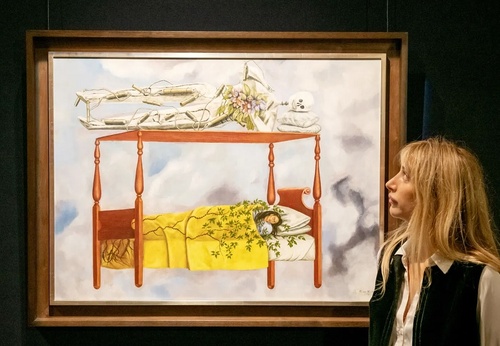

- December 07, 2025
Separatist Groups in the Arab World The real scary Bigfoot !

- December 07, 2025
7 Art and Culture Recommendations for T…

- December 07, 2025
Why is Frida Kahlo the woman with the m…

- December 06, 2025
Argentine Art Makes a Grand Entrance at…

- December 06, 2025
Pinta Miami Highlights Sustainable Lati…

- December 04, 2025
Pinta Miami 2025: Epicenter of Contempo…

- December 03, 2025
Pinta Miami Boosts Latin American Art

- December 02, 2025
Exhibition “Unspeakable Gestures,” by A…

- December 02, 2025
Malba: “Pop Brasil” is an essential exh…

- December 01, 2025
Key Fair for Contemporary Latin America…

- December 01, 2025
Unseen Renoir work resurfaces after a c…

- November 30, 2025
How Brazilian Pop Art Challenged the Di…

- November 30, 2025
Palestinian Artist Transforms War Rubbl…

- November 29, 2025
Latin America's Most Important Craft Fa…

- November 29, 2025
Miami, with a Latin rhythm: the region'…

- November 26, 2025
Frida Kahlo Breaks World Auction Record

- November 23, 2025
Latin American Abstract Painting: From …

- November 23, 2025
Pinta Miami Celebrates 19 Years of Lati…

- November 23, 2025
Upcoming Kahlo auction could fetch up t…

- November 20, 2025
An auction in Bogotá

- November 20, 2025
Klimt Breaks Record at Sotheby’s

- October 08, 2023
Illustrations reflect the brutal Israel…

- December 25, 2023
The jury statement of the Iran-Brazil F…

- March 21, 2024
The history of art in Palestine

- July 29, 2023
History of Caricature in Brazil

- May 22, 2025
Brady Izquierdo’s Personal Exhibition O…

- September 01, 2023
Neural Filters in new photoshop 2023

- April 20, 2024
Poignant Image of Grief Wins Mohammed S…

- June 29, 2024
Exhibition at Centro MariAntonia contra…

- May 15, 2024
Eleven murals for Gaza painted across t…

- October 21, 2023
Erick Meyenberg and Tania Ragasol at th…

- February 18, 2024
7 Ways to Understand What Visual Arts A…

- August 09, 2023
Venezuela mural expresses solidarity wi…

- March 14, 2024
museum of statue of van gogh

- March 30, 2024
illustration websites in Latin America

- May 25, 2025
Bordalo II to hold exhibition in Paris …

- May 20, 2024
Latin American Festival of Performing A…

- March 15, 2024
museum of sculpture of Salvador Dali

- October 23, 2023
Photos by José Luis Díaz of the march o…

- May 27, 2025
Works by Botero, Grau, and 80 other imp…

- January 23, 2025
Art Palm Beach 2025

- May 15, 2024
Eleven murals for Gaza painted across t…

- February 18, 2024
7 Ways to Understand What Visual Arts A…

- January 02, 2025
13 commemorations that will mark the cu…

- October 17, 2023
The influence of Latin American artists…

- February 03, 2024
THE HISTORY OF NAIF ART

- July 02, 2024
One of the largest urban art galleries …

- October 08, 2023
Illustrations reflect the brutal Israel…

- November 17, 2023
Fernando Botero's work is booming after…

- July 29, 2023
Piracicaba International Humor Exhibiti…

- November 06, 2023
Heba Zagout: Palestinian artist murdere…

- December 25, 2023
The jury statement of the Iran-Brazil F…

- December 10, 2023
Sliman Mansour and Palestinian art on t…

- March 14, 2024
museum of statue of van gogh

- February 01, 2025
A maior exposição de Botero em Barcelona

- March 21, 2024
The history of art in Palestine

- July 20, 2024
First International Mail Art Biennial 2…

- April 20, 2024
Poignant Image of Grief Wins Mohammed S…

- October 30, 2023
Palestinian turns images of the Gaza co…

- September 01, 2023
Neural Filters in new photoshop 2023

- February 08, 2024

